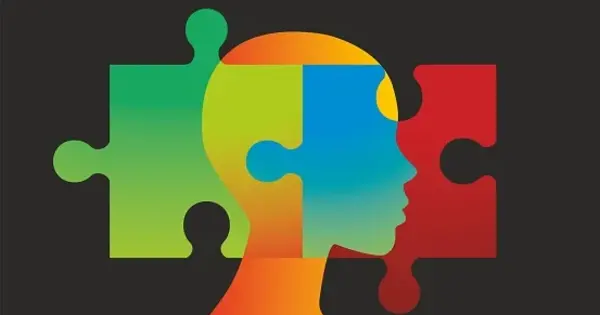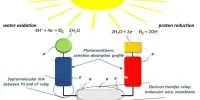Physical development is divided into two parts: physical fitness and motor skill development. Strength, endurance, flexibility, and body composition are all aspects of physical fitness. Locomotion (running, walking, jumping, hopping), manipulation (throwing, kicking, catching, bouncing), and stability are all examples of motor skills (bending, twisting, rolling, dodging). Mastery of a variety of motor skills, combined with overall physical fitness, is critical to a child’s healthy development and forms the foundation of their athletic competence.
Researchers from the University of Tsukuba created a mathematical model of motor learning that mimics the motor learning process in the human brain. Their findings suggest that motor exploration, or increased variability in movements, is important when learning a new task. These findings may lead to improved motor rehabilitation in patients recovering from injury or disease.
Even seemingly simple movements are extremely difficult to perform, and how we learn new movements is unknown. Japanese researchers recently proposed a new model of motor learning that combines a number of different theories. A study published in Neural Networks revealed that their model can simulate motor learning in humans surprisingly well, paving the way for a greater understanding of how our brains work.
Our success at simulating real results from human studies was encouraging. It suggests that our proposed learning mechanism might accurately reflect what occurs in the brain during motor learning.
Lucas Rebelo Dal’Bello
For even a relatively simple task, such as to reach out and pick up an object, there are a huge number of potential combinations of angles between your body and the different joints that are involved. The same goes for each of your muscles – there is an almost endless combination of muscles and forces that can be used together to perform an action. With all of these possible combinations of joints and muscles — not to mention the underlying neuronal activity – how do we ever learn to make any movements at all? Researchers at the University of Tsukuba aimed to address this question.
The research team first created a mathematical model to imitate the learning process that occurs for new motor tasks. They designed the model to reflect many of the processes that are thought to occur in the brain when a new skill is learned. The researchers then tested their model by attempting to simulate the results of three recent studies that were conducted in humans, in which individuals were asked to perform completely new motor tasks.

“We were surprised at how well our simulations managed to reproduce many of the results of previous studies in humans,” says Professor Jun Izawa, senior author of the study. “With our model, we were able to bridge the gap between a number of different proposed mechanisms of motor learning, such as motor exploration, redundancy solving, and error-based learning.”
In their model, larger amounts of motor exploration — that is, variability in movements — were found to help with the learning of sensitivity derivatives, which measure how commands from the brain affect motor error. In this way, errors were transformed into motor corrections.
“Our success at simulating real results from human studies was encouraging,” explains first author Lucas Rebelo Dal’Bello. “It suggests that our proposed learning mechanism might accurately reflect what occurs in the brain during motor learning.”
Our brain sends signals to our motor units (individual nerves and collections of muscle fibers) at precise intervals to orchestrate the contraction of muscles throughout our body when we perform a task or movement. Learning a motor skill is analogous to writing a computer program to a disk; the program, once imprinted on the brain, is played back as a motor reflex. Repetition is the method of imprinting a motor skill “program” on the brain (i.e., “practice, practice, practice”). Basic motor skills can be combined and built upon over time to master more complex skills.
The study’s findings, which show the importance of motor exploration in motor learning, shed light on how motor learning might occur in the human brain. They also suggest that motor exploration should be encouraged when a new motor task is being learned; this may be helpful for motor rehabilitation after injury or disease.














